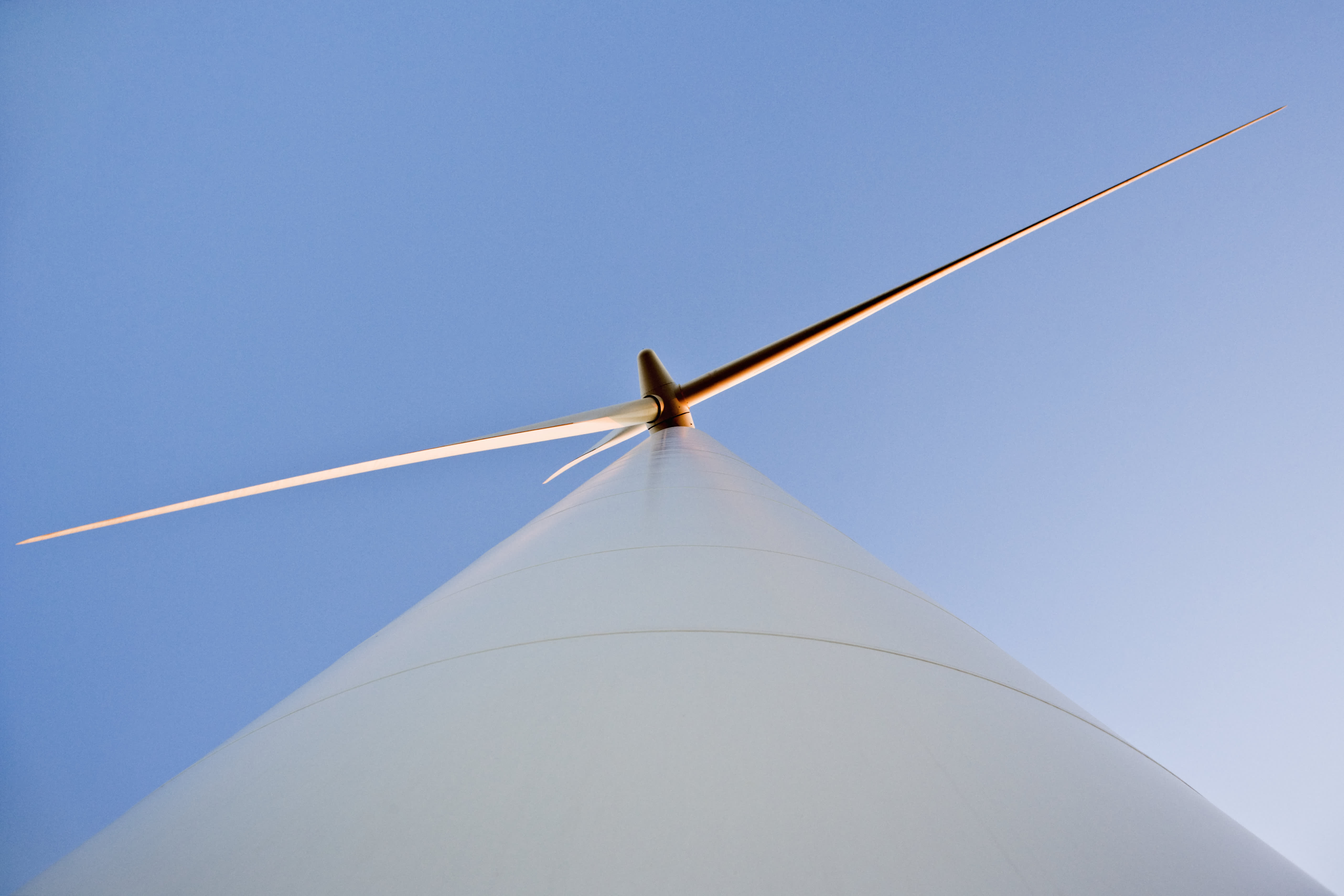Siemens Energy unit picked to install ‘next generation turbines’ at $9 billion offshore wind hub

Owaki/Kulla | The Image Bank | Getty Images
Siemens Gamesa Renewable Energy has been given the nod to supply and install turbines for the £6.5 billion (around $9 billion) East Anglia Hub, a major offshore wind development planned for waters off the east coast of England.
In a statement Tuesday, project developer Scottish Power Renewables said the plan was to use over 200 “next generation turbines” for the scheme which, if fully realized, will consist of the East Anglia ONE North, East Anglia TWO and East Anglia THREE facilities.
SPR did not provide specific details of the turbines slated to be used by the wind farms but described them as “some of the world’s most powerful and productive.”
According to the firm, which is part of the Iberdrola Group, the East Anglia Hub will be able to produce as much as 3.1 gigawatts (GW) of renewable energy, powering millions of homes in the process.
Planning consent has been granted for East Anglia THREE, while planning applications for the other two projects are in the process of being examined. If the project progresses smoothly, construction will start in 2023 and wrap up in 2026.
The East Anglia Hub is one of several large-scale offshore wind projects being planned for the U.K., where authorities want to increase offshore wind capacity to 40 GW by the year 2030. The U.K.’s operational offshore wind capacity currently stands at a little over 10.4 GW.
Last October, U.K. Prime Minister Boris Johnson said he wanted the country to become the “world leader in low cost clean power generation.”
Other projects in the pipeline include the Dogger Bank Wind Farm, which will be located in waters off the northeast coast of England and have a capacity of 3.6 GW.
Current facilities in operation include Hornsea One, in waters off Yorkshire, England, which has a capacity of 1.2 GW.
U.S. records
The U.K. is not the only country where wind power is starting to play an increasingly important role. On Tuesday, the U.S. Energy Information Administration said daily electricity generation from wind hit a record 1.76 million megawatt-hours on December 23, 2020.
This, the EIA added, represented “about 17% of total electricity generation on that day.”
“On average, EIA estimates that wind accounted for 9% of U.S. electricity generation in 2020,” it went on to state.
When it comes to offshore wind, America still has some ways to go before it catches up with the U.K.
The first offshore wind farm in the U.S., the 30 megawatt, five turbine Block Island Wind Farm, only started commercial operations at the end of 2016.
Change is coming, however, with a number of significant projects now planned for waters off the East Coast.
These include the Empire Wind and Beacon Wind projects, which are backed by oil and gas giants Equinor and BP.




